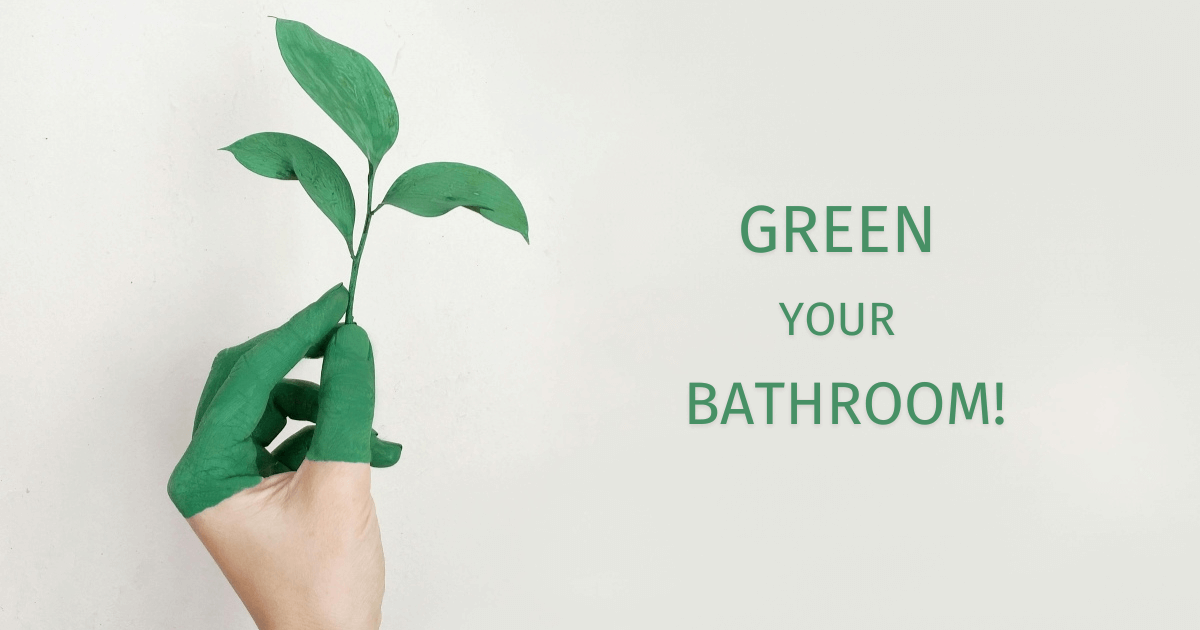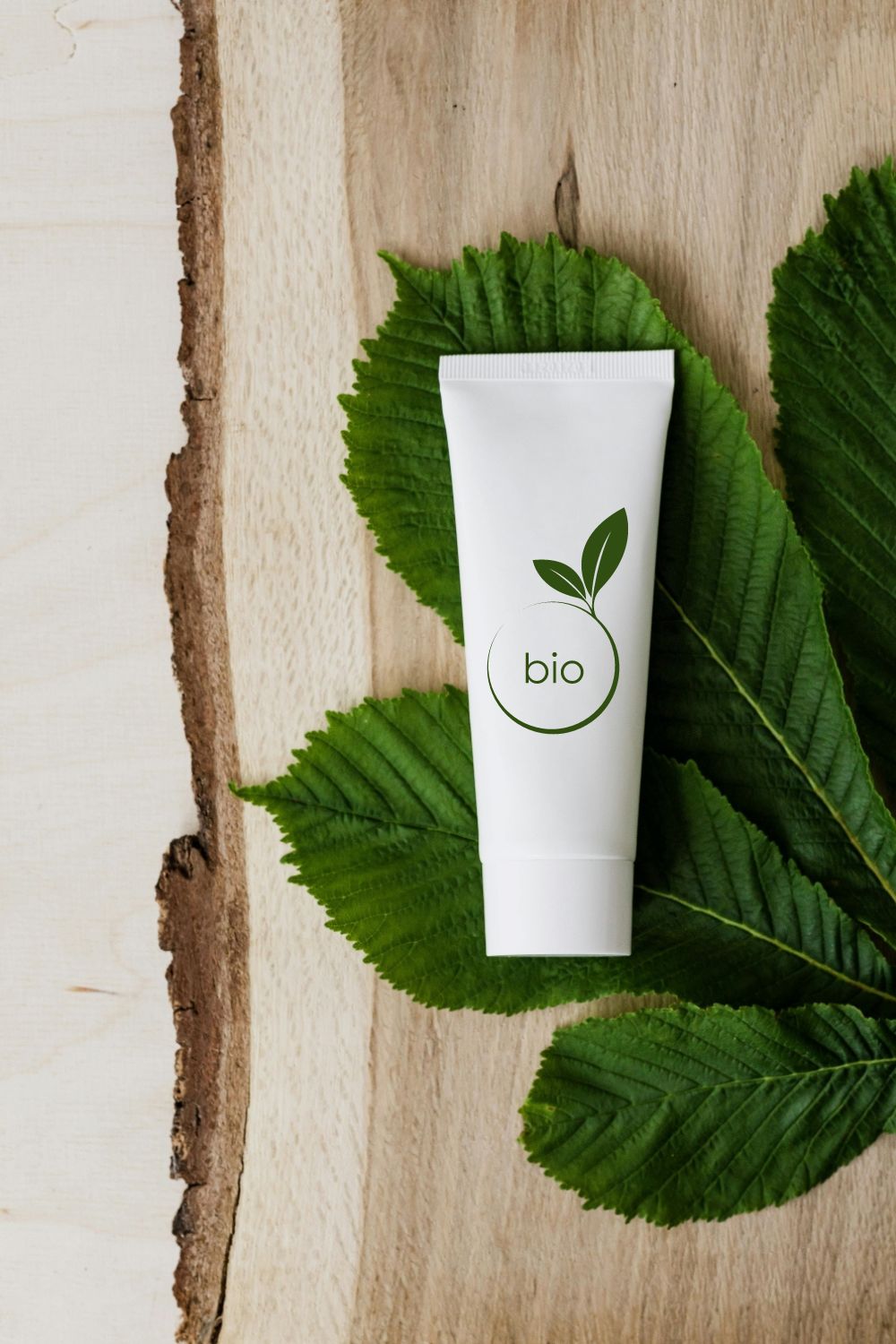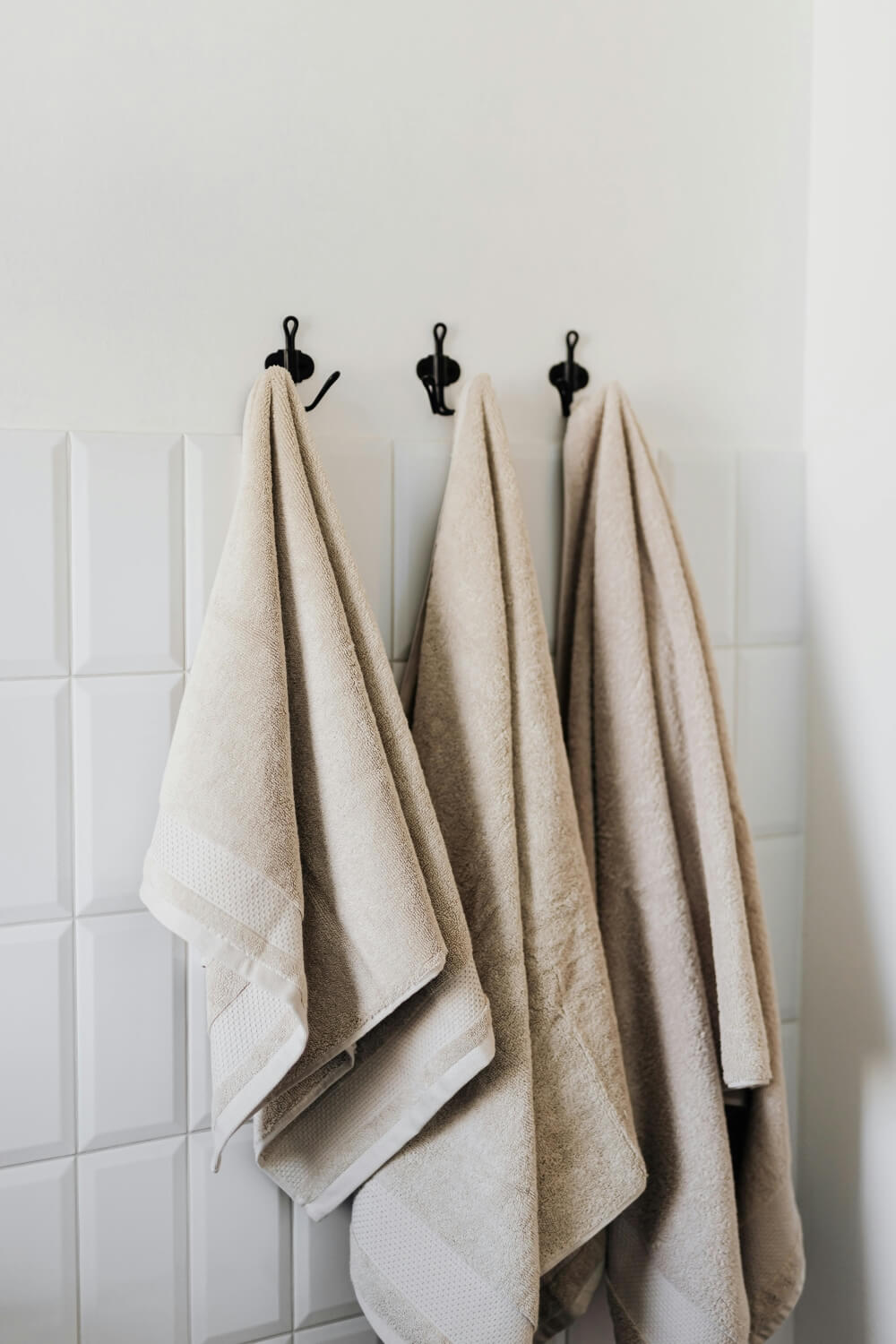Green Your Bathroom for Beginners: Simple Tips for a Planet-Friendly Makeover

If you care about protecting the environment, if you are planning for the long term, if you are consciously looking for green solutions, if you want your children and grandchildren to enjoy the benefits of a cleaner environment, then take a step today and make your bathroom green. Follow the simple steps below and enjoy your new bathroom and the feeling of knowing that you have contributed to setting our beautiful planet on a more sustainable path.

Designing a sustainable bathroom is not only an investment in your home but also a contribution to environmental conservation. By incorporating eco-friendly materials, energy-efficient fixtures, and water-saving technologies, you can create a space that is both beautiful and sustainable. Here are some aspects to consider when designing an eco-conscious bathroom:
- Water Conservation
Water is a precious resource, and bathrooms are one of the largest consumers of water in a household. To design a sustainable bathroom, consider installing low-flow fixtures such as toilets, showerheads, and faucets. It may be a one-off cost to replace your traditional faucet, but the water savings you’ll achieve will not only be good for the planet, but also for your wallet. These fixtures significantly reduce water usage without compromising performance. For instance, a low-flow showerhead can save up to 2.5 gallons (approximately 9,5 liters) of water per minute compared to traditional models. Additionally, consider integrating a greywater system to reuse water from the sink and shower for toilet flushing or gardening, further reducing your water footprint.
- Energy Efficiency
Energy efficiency is another critical aspect of a sustainable bathroom. Choose LED lighting, which consumes a fraction of the energy used by traditional incandescent bulbs and lasts much longer. When selecting ventilation fans, look for energy-efficient models that help reduce moisture and prevent mold growth without excessive energy use. If possible, incorporate natural light sources through skylights or frosted windows to minimize the need for artificial lighting during the day.
- Sustainable Materials
Choosing sustainable materials for your bathroom design is crucial for minimizing environmental impact. Look for materials that are renewable, recyclable, or have a low environmental footprint. Bamboo, for example, is a popular choice for flooring and cabinetry due to its rapid growth rate and durability. Recycled glass tiles offer a unique and eco-friendly option for backsplashes or shower walls. When selecting countertops, consider composite materials made from recycled content or sustainably sourced natural stone.
But even if you’re not renovating, you can take small steps towards sustainability, such as buying towels made from eco-friendly materials, replacing your bathroom carpets with natural materials, choosing eco-friendly cosmetics and using cleaning products that don’t harm the environment and can be bought at a refill station.

- Non-Toxic Paints and Finishes
The quality of indoor air is an important consideration for bathroom design. Conventional paints and finishes often contain volatile organic compounds (VOCs) that can off-gas and degrade indoor air quality. Opt for low-VOC or VOC-free paints and finishes to ensure a healthier environment. These products are just as durable and available in a wide range of colours, allowing you to achieve your desired aesthetic without compromising air quality. You can also choose wall paints that already contain anti-mould ingredients, so you can avoid having to repaint your bathroom frequently and harm the environment.
- Efficient Heating and Cooling
Bathroom comfort can be achieved sustainably by considering efficient heating and cooling options. Radiant floor heating is an energy-efficient way to warm the space without the need for high-energy-consuming blowers. For cooling and ventilation, consider installing an energy recovery ventilator (ERV) that exchanges the stale, humid air with fresh air from outside, recovering energy in the process.

- Water-Efficient Landscaping for Outdoor Bathrooms
If your bathroom design includes an outdoor component, such as an outdoor shower, consider water-efficient landscaping. Use native plants that require less water and are more resistant to local pests and diseases. This not only reduces the need for irrigation but also supports local biodiversity.
Designing a sustainable bathroom involves careful consideration of water and energy usage, material selection, and indoor air quality. By incorporating these sustainable practices, you can create a bathroom that not only looks great but also contributes to a healthier planet.
Remember, every small choice towards sustainability can have a significant impact when applied collectively in homes around the world.

